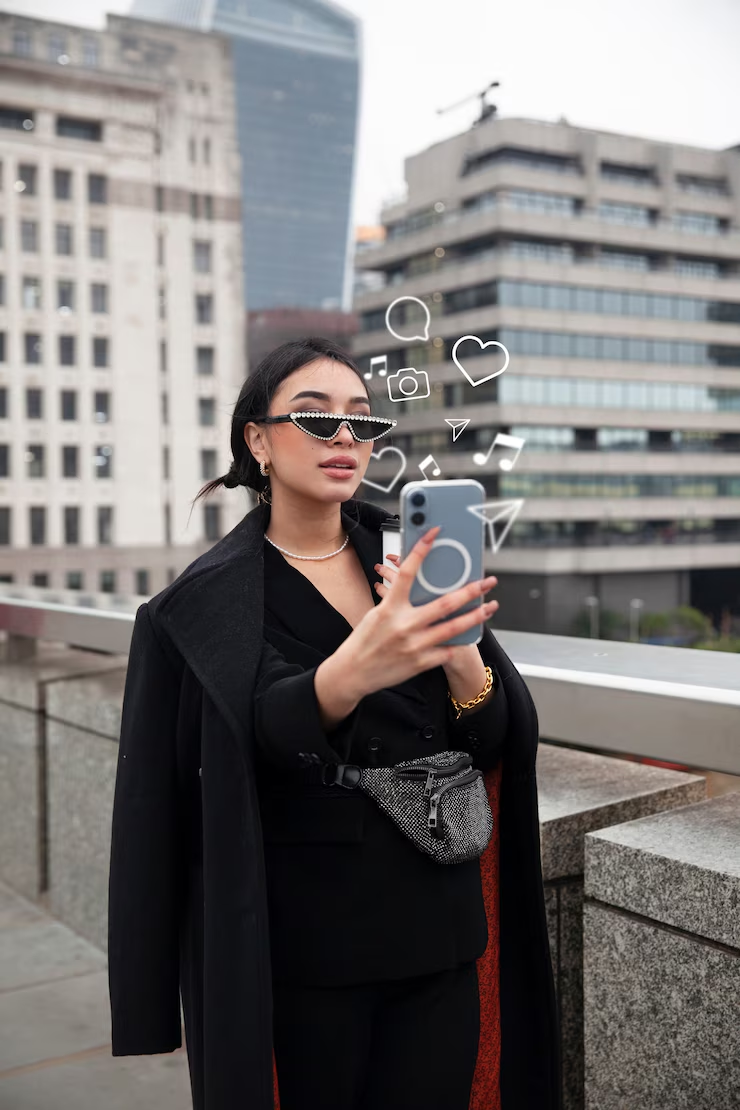influencersgonewuld: When Influencers Let Their Guard Down
Introduction
influencersgonewuld is a growing trend where online creators step out of their carefully curated personas and into raw, unfiltered moments. From livestream breakdowns to controversial confessions, this movement is redefining what it means to be “real” online.
At its heart, influencersgonewuld reflects a shift in digital culture. Where vulnerability, chaos, and authenticity collide to meet a new kind of demand: truth, even if it’s messy.
What Is influencersgonewuld?
The phrase is a stylized take on “influencers gone wild,” often used humorously or critically to describe content where influencers behave in shocking, unpredictable, or deeply emotional ways.
Key Characteristics:
- Raw Emotion: Crying on camera, emotional outbursts, real-time anxiety or anger
- Unexpected Behavior: Meltdowns, live rants, unfiltered opinions
- Overexposure: Sharing deeply personal or controversial content with little filter
Though sometimes accidental, these moments tend to go viral and shape how audiences perceive the influencer behind the content.
Why Is This Trend Gaining Traction?
The Demand for Authenticity
Audiences are tired of overly polished highlight reels. Many people now seek content that feels real, even if it’s uncomfortable.
“We connect more deeply with people who show us their flaws,” says Dr. Leslie Shore, communication expert. “That’s where trust is born.”
Parasocial Intimacy
Followers often feel like they know influencers. When someone breaks down or shares a raw confession, it deepens that parasocial bond creating emotional loyalty that can surpass traditional branding tactics.
Algorithmic Favoritism
Let’s be honest: platforms reward chaos.
- TikTok’s algorithm favors surprise, conflict, and high emotion.
- Instagram Live often trends when something dramatic unfolds in real time.
- YouTube pushes videos with emotional thumbnails or confession-style titles.
The messier it looks, the more it spreads.
Common Types of influencersgonewuld Content
Emotional Vulnerability
- Crying over a breakup
- Sharing mental health struggles
- Talking through burnout or impostor syndrome
This type of content can be cathartic and community-building, but also draining and deeply personal.
Public Drama or Call-Outs
- Feuds with other influencers
- Exposing behind-the-scenes tension
- Defending against backlash
These moments often unfold spontaneously and become content in themselves.
Controversial Confessions
- Revealing past secrets
- Admitting to mistakes (or trying to “cancel-proof” oneself)
- Making political or social statements that divide audiences
The risk here is high, but so is the potential for viral impact.
Stunts and Shock Tactics
- Extreme physical challenges
- Bizarre or risky content (think eating glue, faking pranks, etc.)
- Wild party scenes or law-skirting behavior
These clips often gain traction, but raise questions about responsibility and intent.
Real-World Examples
Belle Delphine’s Internet Stunts
Known for pushing boundaries, Belle once sold her bathwater as a “collector’s item.” It blurred the line between marketing and shock value and it worked.
Mental Health Vlogs
Creators like Eugenia Cooney have faced massive backlash and support alike for their ongoing visible health struggles, highlighting how delicate the balance between transparency and danger can be.
Breakup Monologues
Several influencers have used breakup content crying in the car, walking through the pain as part of their brand. Some audiences relate. Others accuse them of monetizing grief.
Why It’s Complicated
It Builds Trust… Until It Doesn’t
While raw content can deepen connection, it can also backfire:
- Too much exposure can feel manipulative
- Performative vulnerability gets spotted fast
- Oversharing can erode privacy and stability
Mental Health Risks
Creators who rely on chaotic moments may suffer real emotional damage. Burnout, anxiety, and public humiliation are common consequences of “going wuld” too often.
How Influencers Can Navigate This Responsibly
Set Boundaries
Just because vulnerability gets views doesn’t mean it should be endless. Set clear lines on what’s personal vs. what’s shareable.
Ask Why Before Posting
- Am I sharing for attention or connection?
- Is this for healing or performance?
- What will this feel like to watch in a week, or a year?
Diversify Content
You don’t need to fall apart to move forward. Mix in educational, creative, or uplifting content so you aren’t defined by chaos alone.
Have a Support System
Therapists, managers, trusted friends don’t go it alone. If your brand is built on rawness, protect your heart behind the scenes.
What Should Brands Know?
Authenticity Sells—But Vet Carefully
Brands should absolutely work with raw, real creators, but only when values align. A viral moment can just as easily become a PR nightmare.
Support Creators Behind the Scenes
Offer mental health resources, editorial flexibility, and open communication. You’re partnering with a person not a personality.
The Future of influencersgonewuld
We’re moving into an era of intentional vulnerability. Raw content won’t disappear—but audiences will expect:
- Boundaries
- Accountability
- Self-awareness
The future isn’t just messy, it’s mindful.
Conclusion
influencersgonewuld isn’t just about chaos, it’s about change. It signals a cultural shift in how we relate to influence, content, and ourselves.
There’s strength in being authentic, but also value in knowing when to step back, process, and speak with intention.
Gentle Next Steps
- If you’re a creator, define what “real” looks like for you and honor your emotional limits.
- If you’re a brand, collaborate with creators who lead with thoughtfulness, not just shock.
- If you’re a viewer, support those who create with heart, not just heat.
True influence doesn’t always shout. Sometimes, it speaks quietly and honestly.







